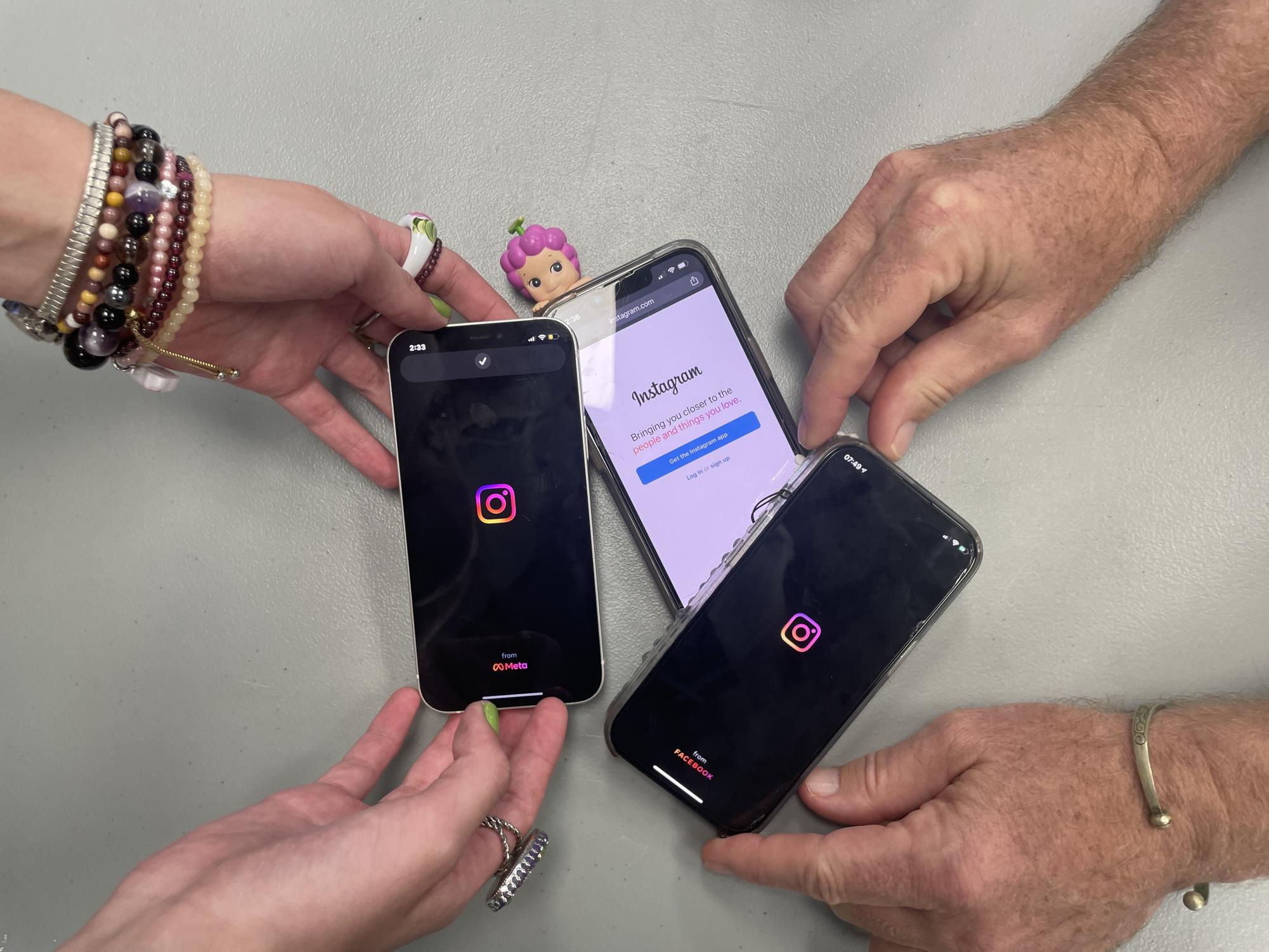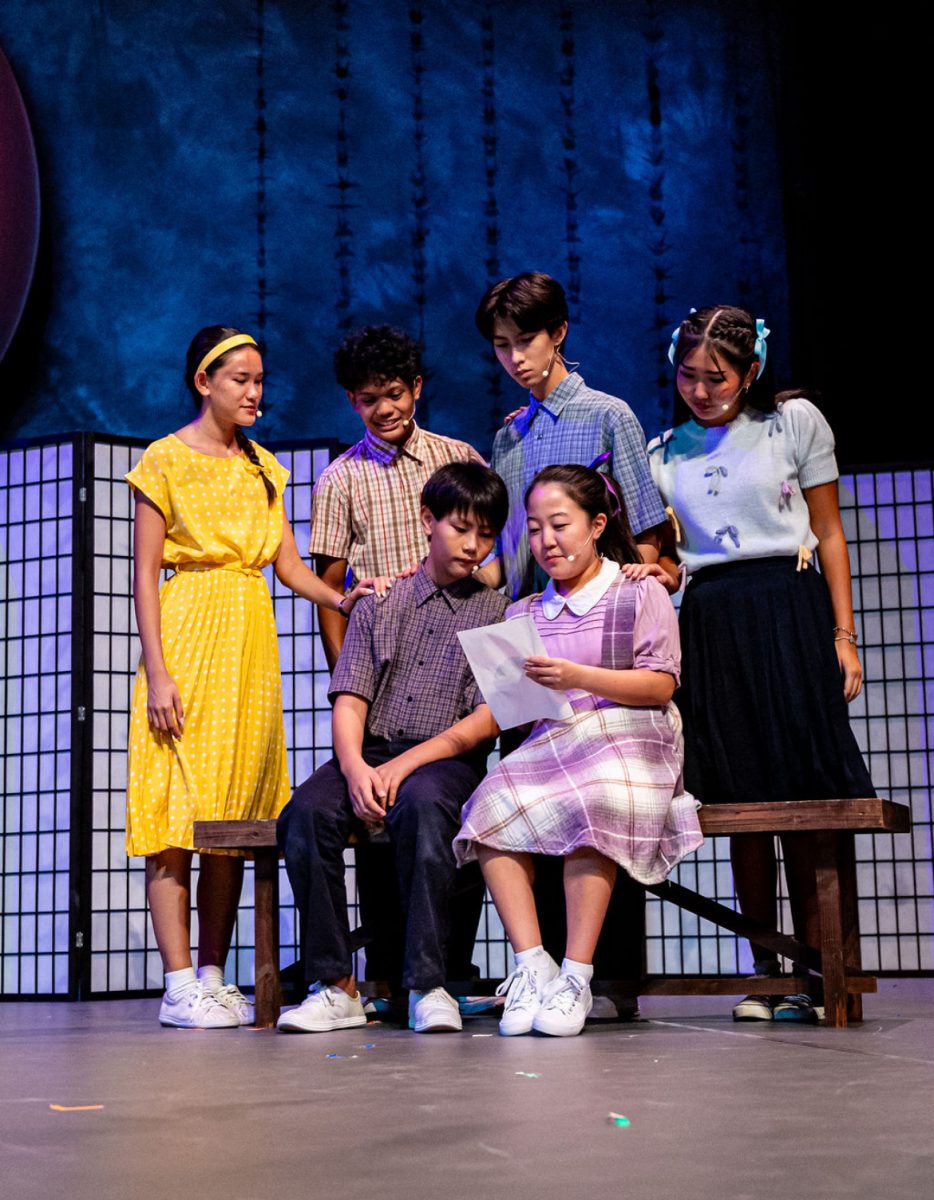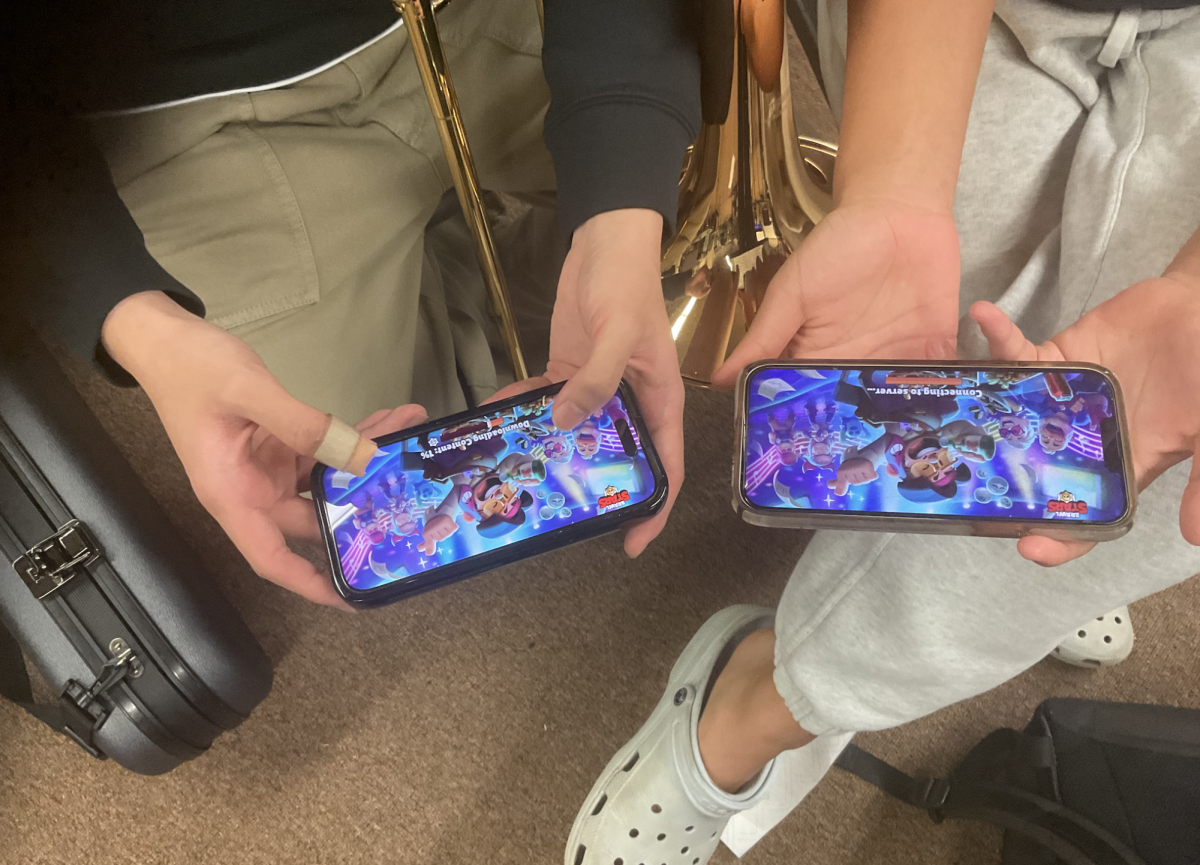So, we all saw that video.
Since this viewing, the Mid-Pacific community has collectively engaged in multiple discussions within the classroom and informal settings. The 56-second video posted by 11 students from the Varsity Baseball team filmed partly on campus, included hate speech, comments about sexual assault and bestiality.
The content of the video upset many students, faculty, and families on campus, garnering enough attention to be published on multiple local news outlets. Questions naturally were raised: Which students were involved? Why would these students post this video on social media? What does this mean for the futures of these students and their families?
However, there was one question that rose above all of them: How does this represent Mid-Pacific and its students?
Multiple students have expressed their embarrassment and shame regarding the situation. Some shared that outside high school students and their distant relatives know about the topic, showing how far news of this incident and the correlated indignity has traveled. These students no longer feel comfortable strongly showcasing their Pueo pride as this is associated with our school.
However, this issue runs so much deeper than just embarrassment. The responses that were said in this video have a deep impact on many members of our community, most notably Black students, whose race was continuously abused over those 56 seconds.
The video posted went against Mid-Pacific’s guidelines and Mission Statement, which preach diversity with zero tolerance to instances of discriminatory behavior. Although the actions of a few students do not represent the entirety of our community, this video shows that we need a drastic shift in our campus culture. The factor of a campus culture that both created and sustained the idea that hate speech and “injurious” conduct was not only acceptable to say with friends, but acceptable to publish online, needs to be addressed, regardless of where these statements originated from.
The insensitivity, though not necessarily solely the fault of the school, needs to be addressed for all students on campus, regardless of whether or not they have participated in this type of conduct. Having educational meetings and discussions about the history of hateful speech and verbiage, as well as the emotional consequences they may have on affected individuals, will educate everyone. This will not only aid in dismantling this type of behavior, but allow affected students to feel safe on Mid-Pacific’s campus.
Common knowledge is that ten of the 12 boys involved in the situation were confirmed to have been separated. Following this, the student body’s opinions largely differed. Some saw the punishment as too harsh, other students thought it to be an appropriate result, and some believed the boys should have been suspended, then allowed to come on campus. Na Pueo recognizes the differences held by those in the student body, and hopes individuals maintain civil, safe discussions regarding the separation of the students.
Moving forward from the experience, the Na Pueo Staff hopes that Mid-Pacific will continue to use their due diligence when addressing situations of this nature. However, the Na Pueo Staff also hopes Mid-Pacific will ensure that these campus wide problems are addressed on every level, not in quick, five minute meetings in the morning. Targeting this issue in deeply calculated, thoughtful, and transparent ways will ensure the root problem is not only addressed, but solved.














